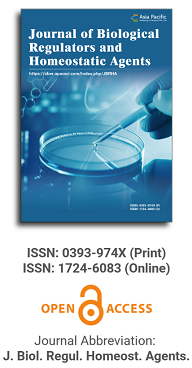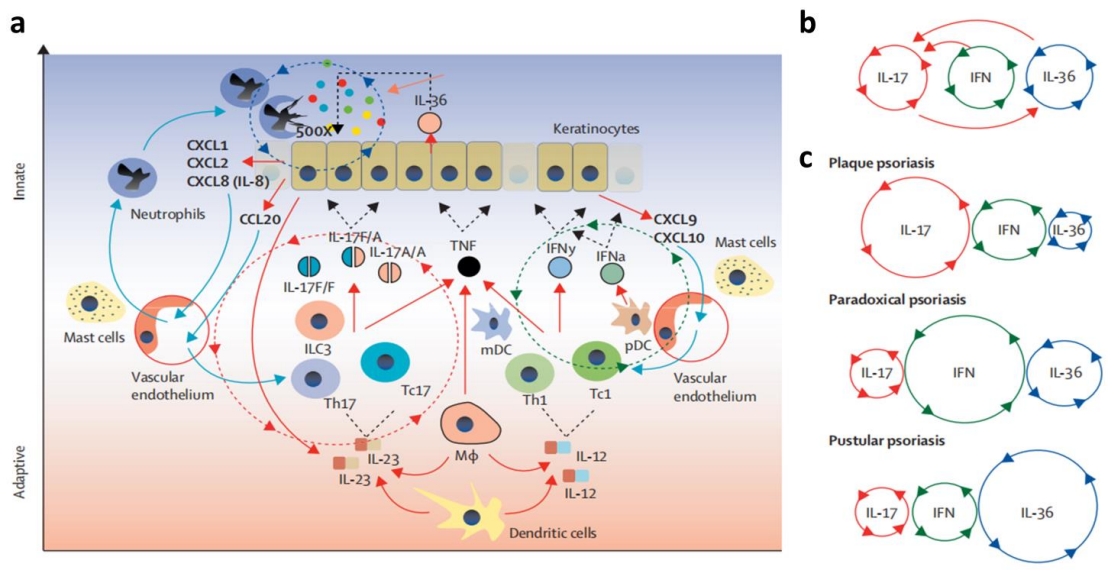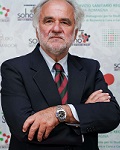
Asia Pacific Academy of Science Pte. Ltd. (APACSCI) specializes in international journal publishing. APACSCI adopts the open access publishing model and provides an important communication bridge for academic groups whose interest fields include engineering, technology, medicine, computer, mathematics, agriculture and forestry, and environment.

Be aware of SARS-CoV-2 spike protein: There is more than meets the eye
Vol 35, Issue 3, 2021
Abstract
The COVID-19 pandemic necessitated the rapid production of vaccines aimed at the production of neutralizing antibodies against the COVID-19 spike protein required for the corona virus binding to target cells. The best well-known vaccines have utilized either mRNA or an adenovirus vector to direct human cells to produce the spike protein against which the body produces mostly neutralizing antibodies. However, recent reports have raised some skepticism as to the biologic actions of the spike protein and the types of antibodies produced. One paper reported that certain antibodies in the blood of infected patients appear to change the shape of the spike protein so as to make it more likely to bind to cells, while other papers showed that the spike protein by itself (without being part of the corona virus) can damage endothelial cells and disrupt the blood-brain barrier. These findings may be even more relevant to the pathogenesis of long-COVID syndrome that may affect as many as 50% of those infected with SARS-CoV-2. In COVID-19, a response to oxidative stress is required by increasing anti-oxidant enzymes. In this regard, it is known that polyphenols are natural anti-oxidants with multiple health effects. Hence, there are even more reasons to intervene with the use of anti-oxidant compounds, such as luteolin, in addition to available vaccines and anti-inflammatory drugs to prevent the harmful actions of the spike protein.
Keywords
References
Supporting Agencies
Copyright (c) 2021 TC Theoharides, P Conti

This site is licensed under a Creative Commons Attribution 4.0 International License (CC BY 4.0).

Medical Genetics, University of Torino Medical School, Italy

Department of Biomedical, Surgical and Dental Sciences, University of Milan, Italy

